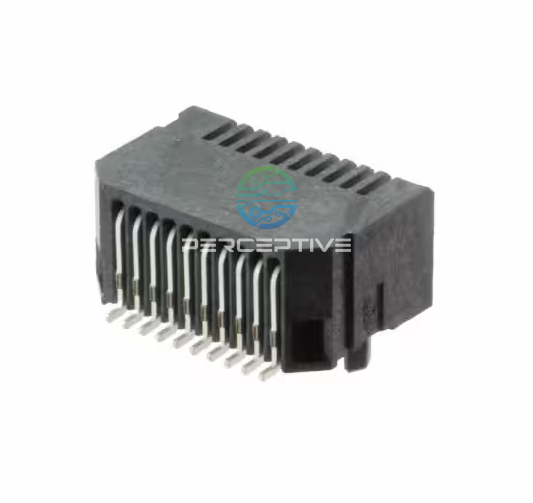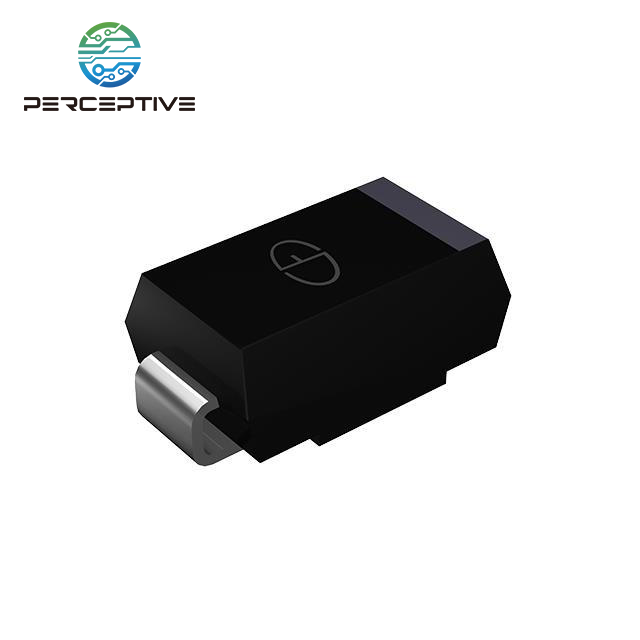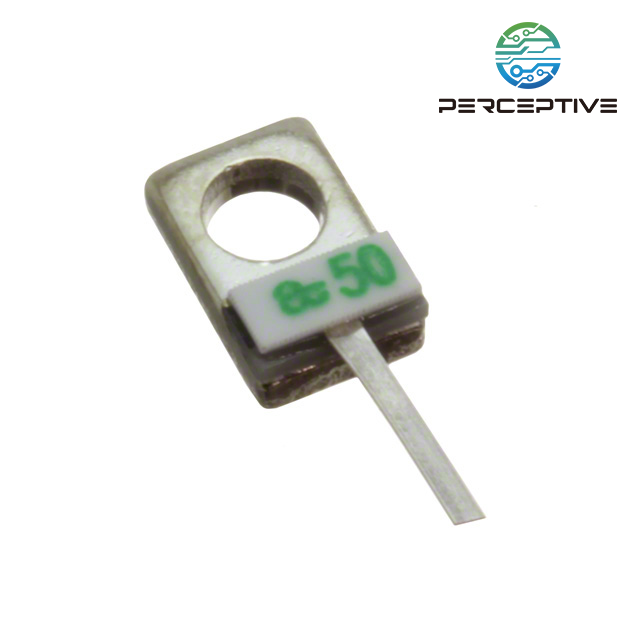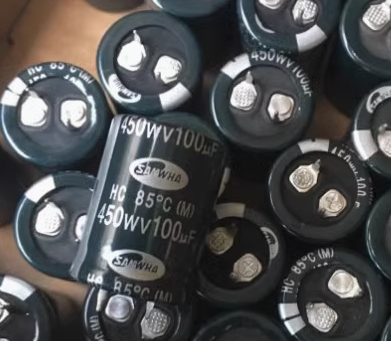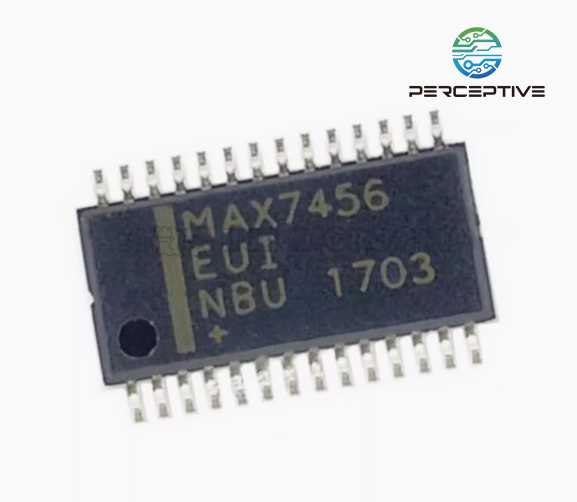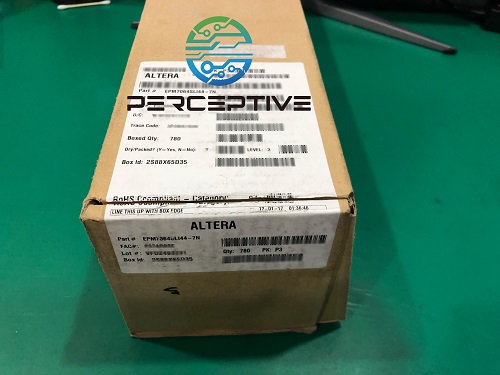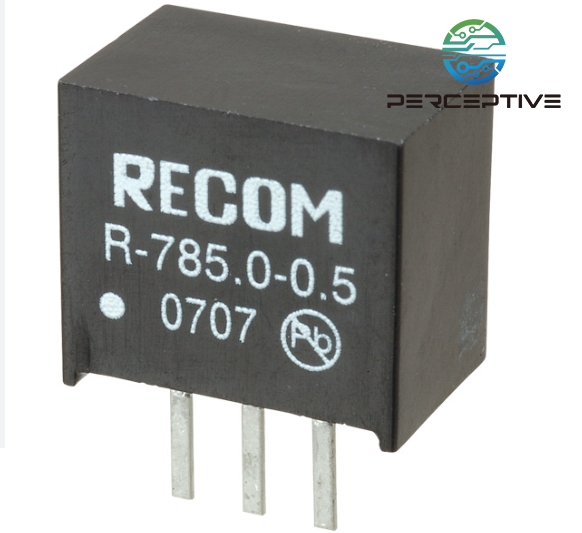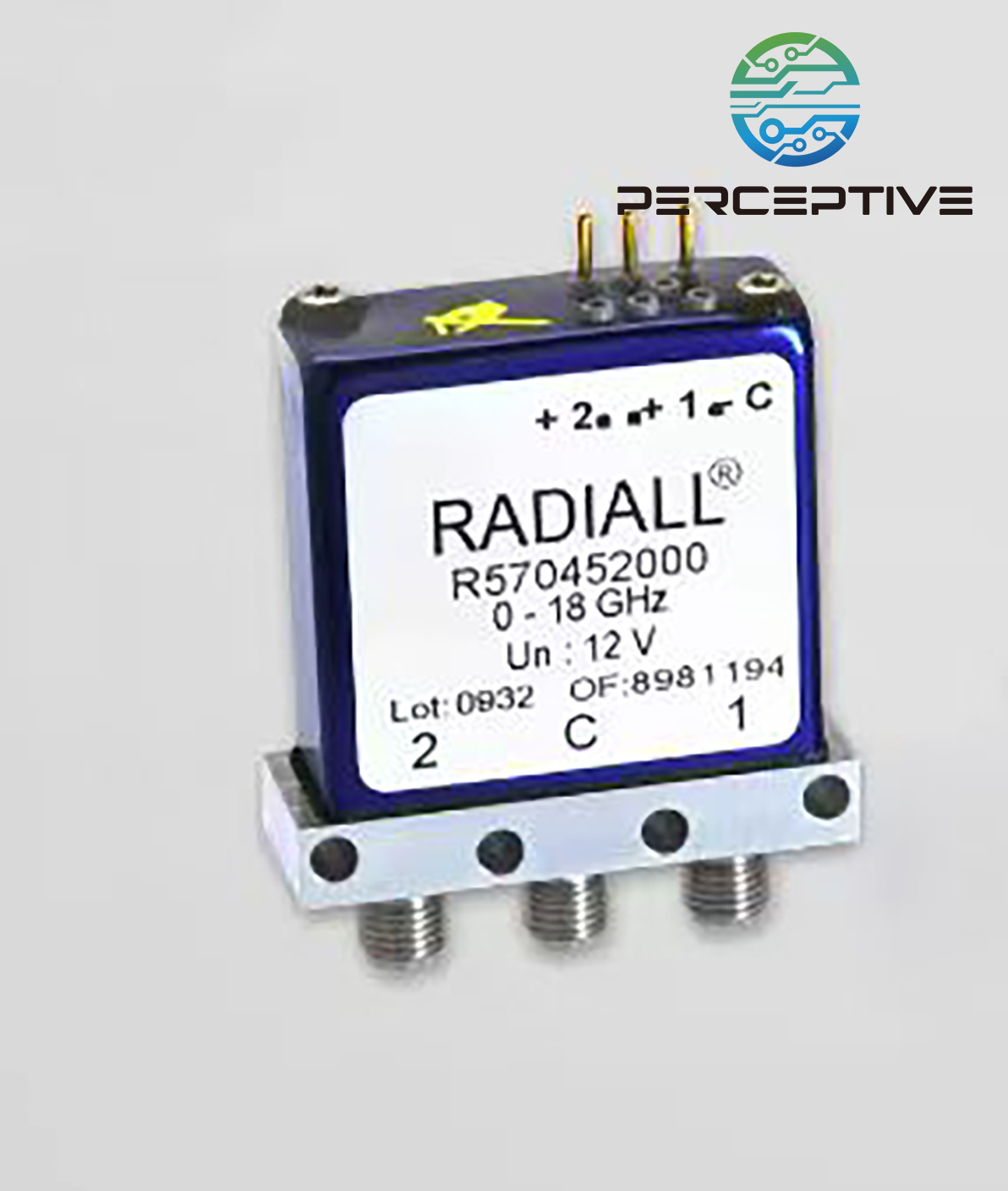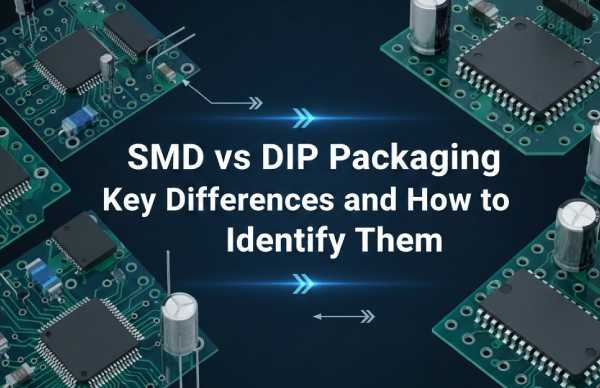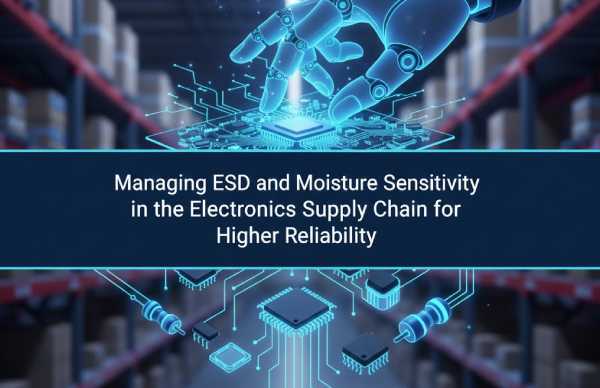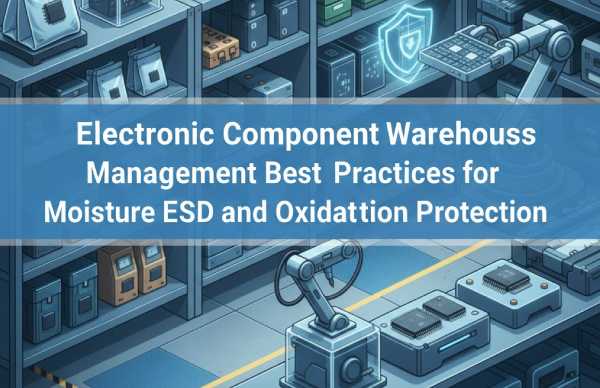In today's electronics industry, choosing the right component supplier is no longer just about getting the lowest price or shortest lead time. A single unreliable batch of components can lead to production line stoppages, costly rework, or field failures that damage both your brand and your customer relationships. For purchasing teams, quality engineers, and supply chain managers, assessing supplier reliability has become a core competency.
This article offers a practical, easy-to-use framework—based on real supply chain experience—for evaluating how trustworthy and resilient an electronic component supplier really is.
1. Start with the Basics: Certifications, Systems, and Compliance
Reliable suppliers treat quality and compliance as a system, not a marketing slogan. When you assess a new partner, begin with their “hard” credentials:
Quality Management System (QMS)
Check whether they operate under a recognized standard (such as ISO 9001 or automotive/aerospace equivalents). More important than the certificate itself is whether they can explain how this QMS is embedded in everyday operations—PO handling, incoming inspection, nonconformance management, and change control.Distribution- and electronics-specific standards
For distributors or brokers, ask about standards related to anti-counterfeit control, handling, storage, and traceability. A mature supplier will have documented procedures for open-market procurement, risk scoring, and escalation when something looks suspicious.Regulatory and environmental compliance
Confirm that they have robust processes for RoHS, REACH, PFAS and other regional regulations—not just a checkbox on a form. A reliable supplier can provide compliance documents quickly and consistently, across different manufacturers and date codes.
Certifications do not guarantee perfection, but their absence—or a vague explanation of how they are implemented—should immediately raise questions.
2. Traceability: Can They Tell the Full Story of Each Part?
In electronics, reliability and traceability go hand in hand. A good supplier should be able to reconstruct the “life story” of a component:
Original manufacturer and sourcing channel
Date/lot codes and production site
Storage and handling conditions
Inspection and testing records
Shipment history and which customers/POs used the same lot
When you evaluate a supplier, don't just ask "Do you have traceability?" Ask for a concrete example:
"If we report a failure in six months on this lot, what data can you retrieve, and how fast?"
Suppliers who can quickly pull up digital records, photos, inspection results, and shipment details are usually operating a structured system. Those who rely on manual spreadsheets or can't find documents after a few months introduce long-term risk into your supply chain.
3. Quality Control: What Happens Before the Parts Ship?
A reliable supplier doesn't simply move sealed boxes from one shelf to another. They add value through inspection, testing, and screening. Key questions include:
Incoming and pre-shipment inspection
Do they perform visual checks on labels, markings, leads, packaging, and moisture indicators? Are they capable of identifying remarking, resurfacing, or repackaging?Testing capability
Which tests can they perform in-house or via accredited labs—basic electrical tests, parametric testing, functional testing, burn-in, or advanced analysis like X-ray and decapsulation? How do they decide when to escalate to deeper testing?Defined criteria and documented results
Are there clear pass/fail criteria, checklists, and inspection reports stored in a system? Or is it “we'll take a look and let you know”?
A good practice when qualifying suppliers is to ask them to walk you step by step through their QC flow for a typical order and for a high-risk / obsolete part. The level of detail in their explanation is a powerful indicator of real capability.
4. Counterfeit Avoidance and Incident Handling
Counterfeit and substandard components remain a serious industry problem, especially in times of shortage and for obsolete parts. A reliable supplier should have:
Defined sourcing policy
A clear hierarchy of preferred channels (OEM/OCM, franchised distributors, qualified independent distributors) and rules for when open-market sourcing is allowed.Risk-based inspection strategy
Higher scrutiny for high-value ICs, memory, and obsolete parts, with layered testing depending on risk level.Incident management process
When suspect parts are identified, do they quarantine the lot, notify affected customers, and perform root-cause analysis? Do they update their approved supplier list and internal controls accordingly?
Ask for real historical examples of how they handled a suspect or defective lot. Reliability is proven by how a supplier behaves when something goes wrong, not just when everything is smooth.
5. Performance Data: Measure Reliability Over Time
Beyond systems and promises, you need numbers. When possible, track and review:
On-time delivery rate (OTD)
Look at trends across at least 12 months. A one-off delay is not critical; a pattern is.Defect and RMA statistics
Monitor nonconformities per number of line items or parts received, and the speed and quality of corrective actions.Responsiveness and communication
How quickly do they reply to RFQs, quality questions, and failure analysis requests? Does the information you receive feel complete and transparent?
Many companies now maintain a supplier scorecard that combines quality, delivery, technical support, and commercial terms. Suppliers who consistently rank at the top of that scorecard are the ones you can safely route more volume to.
6. Supply Resilience: Will They Support You in a Crisis?
Reliability also means being able to deliver when the market is tight. Assess the supplier's resilience by exploring:
Breadth of sourcing network
Do they have access to multiple regions and partners, or are they heavily concentrated in one geography or manufacturer?Inventory strategy and flexibility
Can they offer buffer stock, bonded inventory, or consignment models for your critical parts? How do they prioritize allocation when demand spikes?Obsolescence and lifecycle management
Are they proactive in sharing last-time-buy notices, new product introductions, and alternative parts? Do they help you plan for EOL transitions rather than just react when it's too late?
A supplier that disappears or stops answering calls during shortages will quickly undermine even the best internal planning.
7. The Perceptive Components Approach
At Perceptive Components, evaluating supplier reliability is built into our operating model. We:
Use formal quality and anti-counterfeit standards as the baseline
Maintain structured traceability and documentation for each lot
Combine visual inspection, electrical testing, and advanced analysis as needed
Track performance data for our upstream suppliers and continuously refine our network
Focus on global sourcing and lifecycle support to bridge gaps during shortages or EOL transitions
For our customers, this means that every component we ship is backed not just by paperwork, but by a tested process and data-driven supplier management.
Conclusion
Evaluating the reliability of electronic component suppliers is a continuous, multi-dimensional task. By looking beyond price and lead time—into certifications, traceability, quality control, counterfeit avoidance, performance data, and supply resilience—you transform supplier selection into a powerful risk management tool.
In an industry where one weak link can disrupt an entire product line, investing time in supplier evaluation is one of the most cost-effective ways to protect your production, your customers, and your brand.

